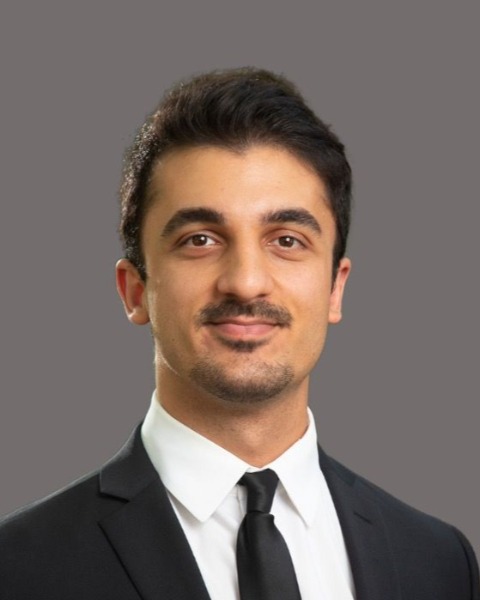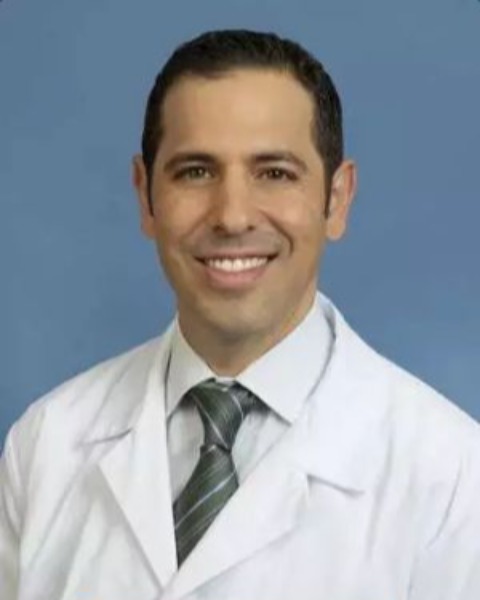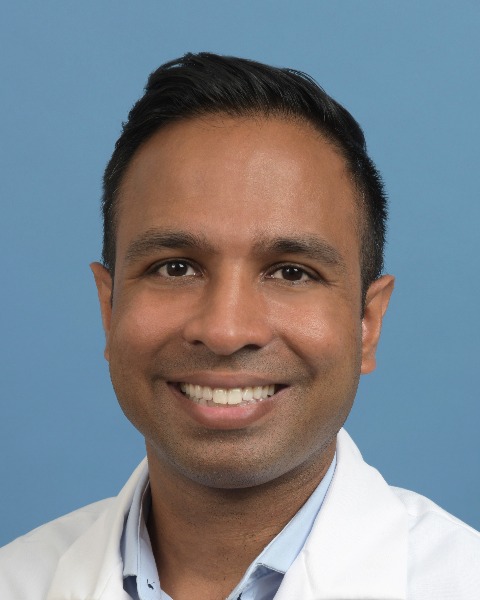SIR 2025
Embolization
Educational Exhibit
Thyroid Artery Embolization for Symptomatic Nodular Goiter: Initial UCLA Experience, Clinical Outcomes, and Future Directions

Batis Golestany
Medical Student
University of California, Riverside, School of Medicine, United States
Gary Tse, MD
Assistant Professor
UCLA, United States
Michael L. Douek, MD (he/him/his)
Radiologist
UCLA, Westwood Imaging Center & Interventional Radiology Clinic, United States
Jason Chiang, MD, PhD (he/him/his)
Assistant Professor
Interventional Radiology, UCLA, United States
David S. Lu, MD (he/him/his)
Professor of Radiology, and Surgery
David Geffen School of Medicine at UCLA, United States
Ravi N. Srinivasa, MD, FSIR
Professor of Vascular and Interventional Radiology
UCLA, United States
Abstract Presenter(s)
Author/Co-author(s)
1. Review incidence of nodular goiter
2. Review data behind thyroid artery embolization for nodular goiter
3. Review workup, periprocedural management and technical approach to thyroid artery embolization
4. Discuss clinical outcomes and future directions after initial experience
Background:
Thyroid nodules are very common in the adult population, with an estimated prevalence of 5-7% on physical examination, and 20-76% on ultrasound examination. Nodular goiter is present in up to 5% in western countries and up to 30% in iodine deficient areas. Patients with symptomatic nodular goiter are usually treated with hemithyroidectomy or total thyroidectomy with leads to a higher chance or 100% chance of needing thyroid hormone replacement as well as higher risk of recurrent laryngeal nerve injury. Thyroid ablation of thyroid nodules is a fantastic option for symptomatic thyroid nodules but is limited but the size of the nodule due to the potential need for multiple treatments. Thyroid embolization has developed as a much more elegant procedure for treating the entire thyroid in one session as well as substernal nodules which may be difficult to see via ultrasound.
Clinical Findings/Procedure Details:
This educational exhibit will describe the clinical features of symptomatic goiter and current treatment algorithms. We will then review the preprocedural workup of a patient with symptomatic nodular goiter and the clinical imaging needed for initial patient evaluation. We will discuss the periprocedural management of patients with nontoxic versus toxic nodular goiter undergoing thyroid artery embolization. Through a case-based approach, we will review the anatomy of thyroid vasculature and technical approach and considerations for thyroid artery embolization. With our initial data and experience we will discuss future areas of improvement and research for minimally invasive treatments of thyroid disease.
Conclusion and/or Teaching Points:
Utilizing minimally invasive thyroid interventions including thyroid ablation and embolization, Interventional Radiologists can treat a large cohort of symptomatic thyroid nodules and nodular goiter. Thyroid artery embolization is a fantastic nonsurgical option for symptomatic nodular goiter with or without hyperthyroidism, as well as thyroid nodules in challenging substernal locations with minimal complications and robust treatment response and patient outcomes.


.jpg)